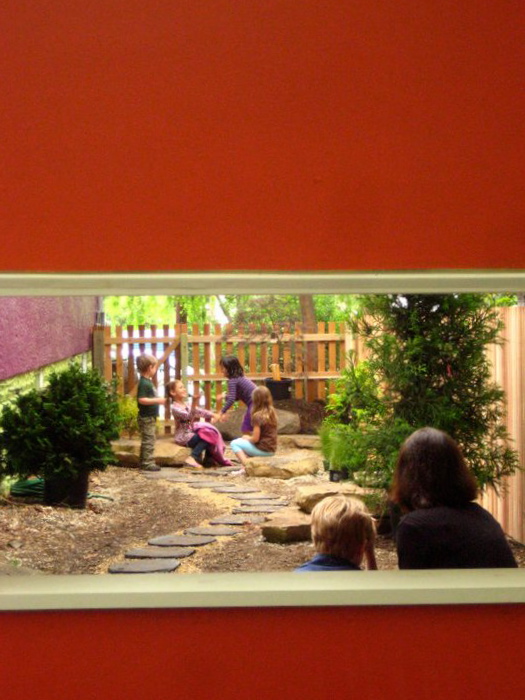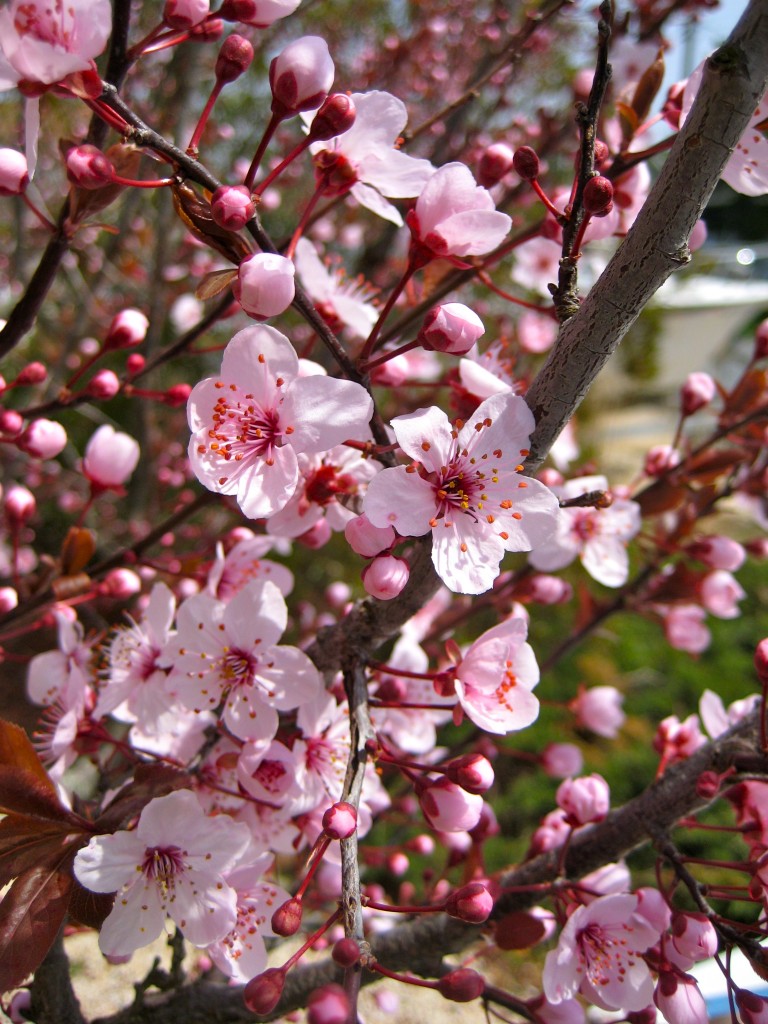A Forest is More Than Just Oaks
Hill's quote, "The strongest oak of the forest is not the one that is protected from the storm and hidden from the sun. It's the one that stands in the open where it is compelled to struggle for its existence against the winds and rains and the scorching sun," is often used when talking about building resiliency in children. We know that through struggle and in effectively resolving conflict, humans gain the necessary skills to respond to future adversity. In early childhood settings, we can create opportunity for taking risks, both physical and mental, but mostly, we just set the children in motion, together. In the course of their interactions, they build their own community. A community of mutual support and adversity. They practice overcoming obstacles, suitable for their own place in time.
There were two story lines in my last post, Nobody Should Have to Look at That. I shared the story of little one struggling with her strong feelings. In the post, I tried to imagine how she is beginning to use her style of play to help understand those reeling and spinning emotions. She could be imagined as the oak, buffeted and blasted by the situations that bring her trouble. The other story is about the happy-go-lucky girl with the unzipped backpack. What about her? If we imagine that resiliency is built by problem-solving our way through difficulties, how will she develop resiliency?
And there are many children like her. Adults describe them as easy-going. They are the casual and carefree ones in the group -- at least in the social group -- in their home environment, they can sometimes be quite different. At school, they are the easy partners in play. When someone wants a toy they are playing with, they will simply hand it over. They will walk away from a play scenario that does not suit. They will take on a role in play that is given to them. While we could think of them as voiceless and passive, they most certainly are not. Their voices are gentle and their words go, more often, unspoken. Yet these quiet voices are such an important part of the social fabric the children are weaving.
In fact, it is that they are such a present and active (not at all passive on close observation) part of a social fabric that helps these children experience, first hand conflict and conflict resolution, even while they are not directly involved. Our happy-go-lucky children are usually keen observers. They collect and store information about how the community works. This is why their responses are just the thing needed during those moments when situations could get very, very complicated.
The dogwoods and redbuds and the other understory trees protect the trunks of the canopy trees like the tall oaks as they are moved by strong winds and scorched by the sun. We tend these trees as well, appreciating the quiet star-like blooms that blossom on their branches.

